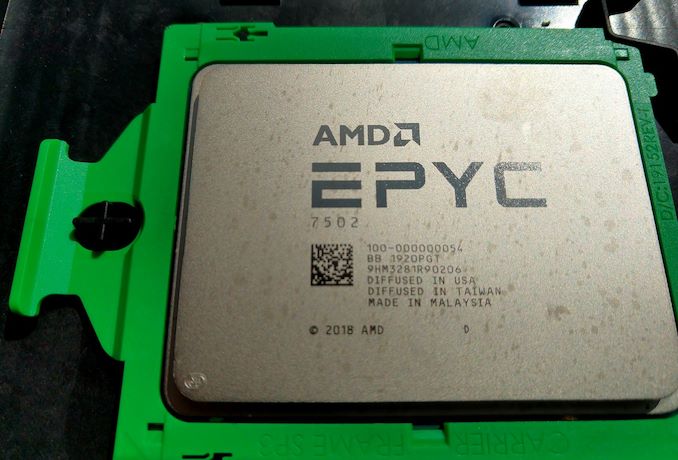- Joined
- Apr 7, 2011
- Messages
- 1,380 (0.27/day)
| System Name | Desktop |
|---|---|
| Processor | Intel Xeon E5-1680v2 |
| Motherboard | ASUS Sabertooth X79 |
| Cooling | Intel AIO |
| Memory | 8x4GB DDR3 1866MHz |
| Video Card(s) | EVGA GTX 970 SC |
| Storage | Crucial MX500 1TB + 2x WD RE 4TB HDD |
| Display(s) | HP ZR24w |
| Case | Fractal Define XL Black |
| Audio Device(s) | Schiit Modi Uber/Sony CDP-XA20ES/Pioneer CT-656>Sony TA-F630ESD>Sennheiser HD600 |
| Power Supply | Corsair HX850 |
| Mouse | Logitech G603 |
| Keyboard | Logitech G613 |
| Software | Windows 10 Pro x64 |
No it won't. Seriously. Not possible.
Did you just ignore the link I posted? It's basic math which proves you are wrong.
Not to mention you haven't provided any data to back your claims.











